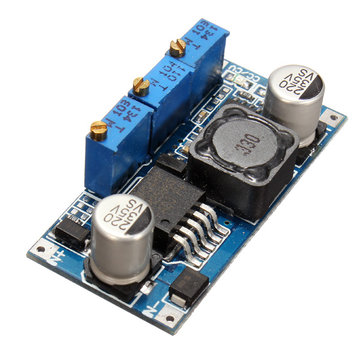Follow along with the video below to see how to install our site as a web app on your home screen.
Note: This feature may not be available in some browsers.

You will get a lot of variation in the battery voltage between full charge (over 20V) and near flat, around 16.5 - 17v.
The best option is a little buck regulator module, as Dandak suggested.
Get one with an output covering 12V and a current rating of 3A or more (as the listed ratings are usually the short-term just before failure ones, not continuous use).
This is a very common type available from numerous places; they seem to be pretty god, I've not had a problem with one so far:
Adjust the output voltage before connecting the LEDs.

it's designed for feeding LED's, and uses constant current.
Lighting units intended for a fixed 12V supply may not work well with a controller intended for bare LEDS?it would be nice to illuminate the control panel with some 12v strip lights I used under my kitchen cabinets,
Lighting units intended for a fixed 12V supply may not work well with a controller intended for bare LEDS?
The two regulators may fight each other or oscillate etc.

